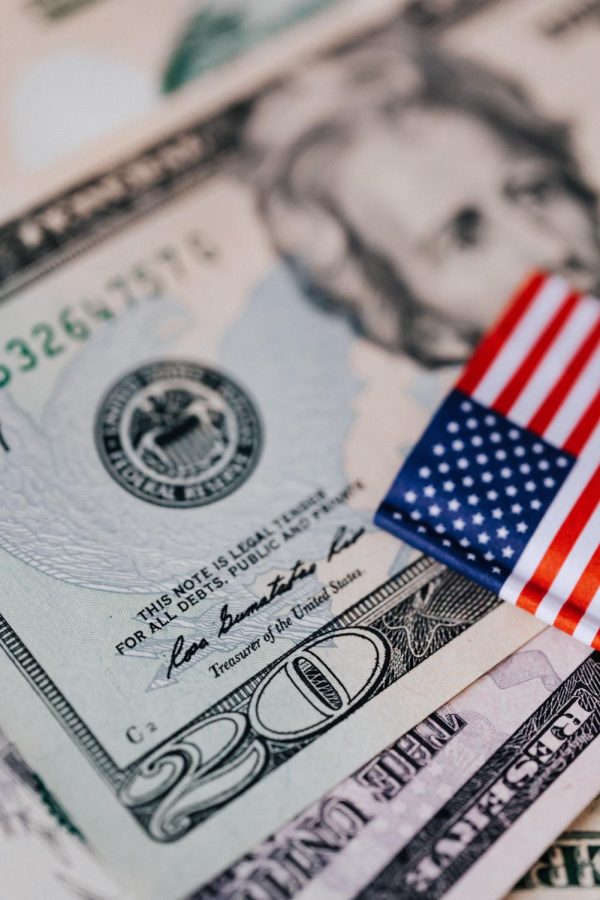Why Should America Raise the Wage?
Few topics in America are as hotly debated in Washington as raising the minimum wage to a proposed $15 an hour. Currently, the minimum wage sits at $7.25 where it has been since 2009 when the last wage increase was passed.
With a Democrat majority in both chambers and Joe Biden in office, it is urgent that a wage increase is passed before 2022’s midterm elections. An increase will have widespread benefits for the American people and the economy. A minimum wage increase is overdue as there has been little movement in wages outside of a few states. A $15 wage would raise the pay of 32 million workers by 2025, and it would also reduce the unjust pay gap for women and POC in America.
In 1968, the minimum wage was $1.60. That seems like a paltry amount of money at first glance, but when adjusted for inflation that is a value of $10.59. This means that minimum wage workers in 1968 had more purchasing power than a 2021 minimum wage worker.
In the 1950s and 1960s workers’ pay matched up with the rise of productivity growth. Productivity growth represents the value of the labor of each worker. Since 1968 the rate of growth has been doubled which would lead you to believe that the wage has increased double since then, however; you would be mistaken. The minimum wage has gone down 46% since then even though the productivity of workers has doubled.
The cost of living has also increased substantially in that time as cars, houses, and most tech has gone up in price rapidly even within the past ten years. In 2020, the Social Security Administration found that the cost of living was up 3.12%, yet there is no increase in the minimum wage to compensate for this. The Raise the Wage Act also calls for the wage to be indexed every year meaning it would adjust every year for inflation, making raises predictable and not debated on the Senate floor.
If this were to be passed it would raise the wages of 32.2 million workers who are currently working for less than $15 an hour. This number represents over 20% of the projected workforce in 2025.
Corporations like Target or Walmart could also find themselves raising their wages to keep employees from leaving for jobs with smaller companies that may treat them better. Apart from this group of workers are many who have worked as essential and frontline workers during the pandemic. Even though the definition of what makes a worker essential is loosely defined, the Economic Policy Institute found that 22.3 million out of 47.7 million essential workers worked in jobs where the median pay was below $15 an hour. Passing this bill would raise the pay of around 28 million workers whose jobs leave them incapable of working from home.
This would also allow for more people to be pulled out of poverty. As of right now, the poverty line for a four-person family is $27,021. The pay for an entire year for a minimum wage worker is a measly $15,262. If this four-person family has two parents working then their combined salaries would be above the poverty line, but if only one parent is working then they are over $12,000 below the poverty line. With raising the wage, one full-time worker would make $28,677 putting them over the poverty line even if only one parent works and if both work they are far above the line.
A pay increase would also have massive benefits for minorities, helping to offset some of the pay disparity created by systemic racism. In 2019 it was found that Hispanic workers were paid 10.8% less than white workers in similar positions, and black people were paid almost 14.8% less. Studies have shown that raising the wage would affect one out of five white workers, 1 out of 3 black workers, and 1 out of 4 Hispanic workers. 22.9% of people who would benefit from this are Hispanic and black women. The March on Washington in 1963 called for a wage increase to $2.00 an hour which in modern times is valued at $17.45. Raising the wage back then would have helped eradicate the pay gap that exists in modern America.
This is one of the most urgent issues in America because of the number of people it would directly affect. Almost everybody knows someone who is working a minimum wage job or did work a low-paying job. A wage increase would directly impact 32.2 million hard-working Americans. This would help lift Americans out of poverty by 2025 meaning they could provide for their families without government assistance. An increase would also be a step towards solving the wage gap and the effects that systemic racism has created.










